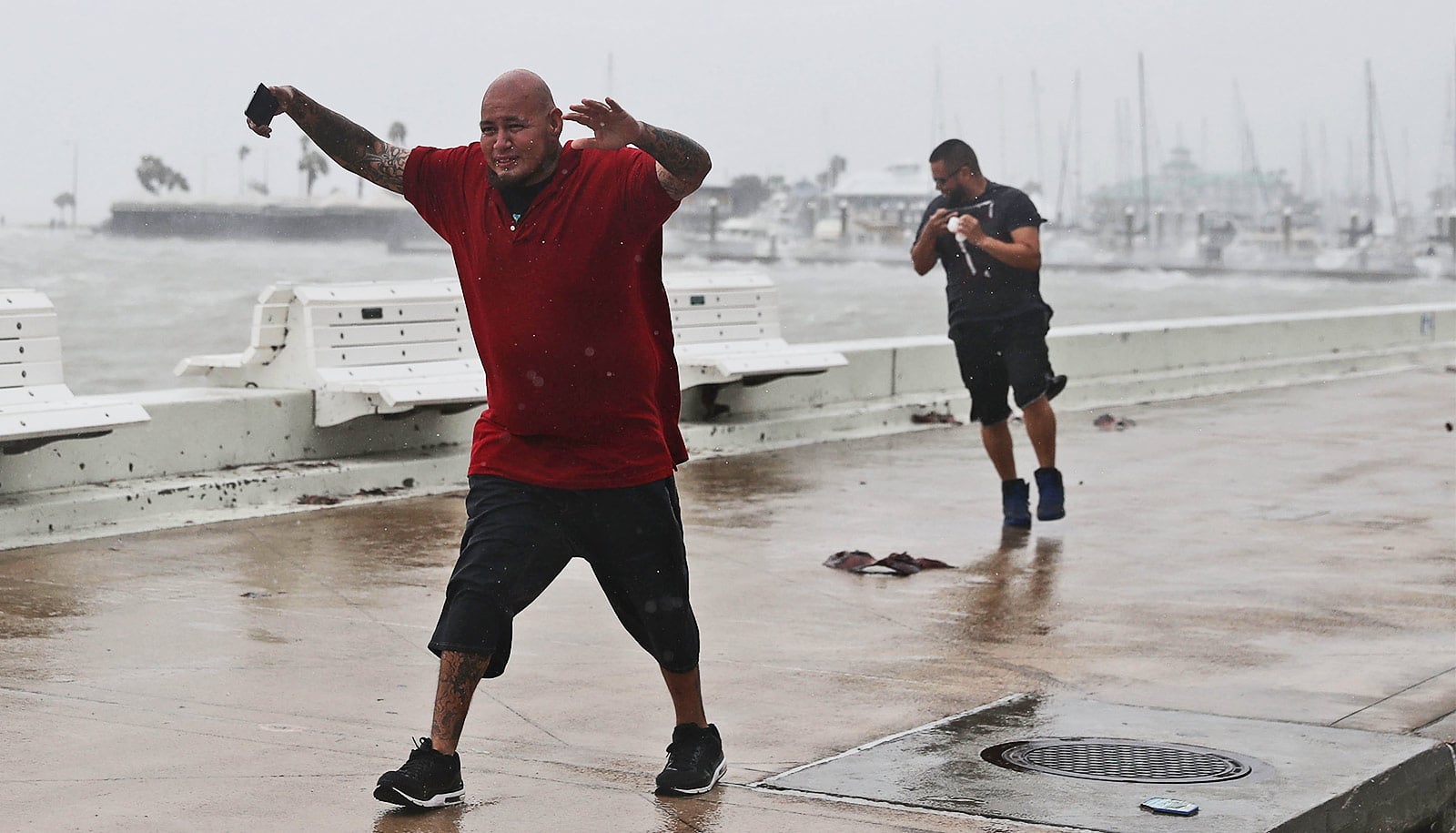After two years of relatively mild hurricane seasons, 2023 will see above-average hurricane activity, researchers predict.
The forecasters expect the number of major hurricanes this year to be similar to 2017, which saw the extremely intense hurricanes Harvey, Irma, and Maria.
Since 2014, hurricane activity has been accurately predicted by a model created by Xubin Zeng, a professor of hydrology and atmospheric sciences at the University of Arizona, and his former graduate student Kyle Davis.
“We are not expecting this to be as damaging as 2017,” Zeng says. That said, he emphasizes that “people should get prepared.”
“This will be a very active hurricane season. That’s our message,” says Zeng, adding that the East Coast and Gulf Coast are typically the regions where hurricanes have the greatest impacts.
Ocean basin winners and losers
The researchers are forecasting nine hurricanes this year, five of which are expected to be major hurricanes. Historically, the average number of hurricanes per year has been seven. In 2017, there were 10 hurricanes, six of which were very damaging, Zeng says. The good news this year, is that fewer hurricane landfalls are expected compared to 2017.
This year is particularly interesting, Zeng says, because there will be a fight between two big ocean basins over which will have greater influence on hurricane activities, thanks to the rising eastern Pacific Ocean sea surface temperature compared to previous years.
“We expect a good, nice El Niño to come back after a few years of La Niña,” Zeng explains.
El Niño and La Niña are two opposite extremes of sea surface temperatures, rainfall, surface pressure, and atmospheric circulation happening across the equatorial Pacific Ocean. While El Niño represents an above-average temperature of the sea surface over the eastern Pacific, La Niña refers to the periodic cooling of sea surface temperature. This year, due to the activity of El Niño, or the warm phase, less hurricane activity would be expected over the North Atlantic.
But at the same time, the ocean surface temperature over the Atlantic this year will also be very warm, and that tends to increase hurricane activities, Zeng adds.
The forecasting team is not yet certain which ocean basin will be the “winner” in the battle and will update its predictions in June.
Hurricane season winds
Hurricanes are violent storms that form over warm tropical oceans. They begin as low-pressure areas and subsequently enhance thunderstorm activity as they move through the moisture-rich tropics. The warm ocean air rises and cools, leading to the formation of clouds and thunderstorms. In the clouds, water vapor condenses and forms droplets that further fuel the storm by releasing heat.
According to the National Oceanic and Atmospheric Administration, the federal agency for weather forecasting, wind speeds that reach 74 mph within a storm are classified as hurricanes.
Though atmospheric wind is a great metric for predicting individual hurricanes, as noted in a recent study published by Zeng and his collaborators, wind measurements are not useful for predicting hurricane seasons.
That’s because “atmospheric winds do not have long memory,” Zeng says. “The wind today will change tomorrow or two weeks later, unlike ocean temperature that stays the same for a long time.”
So, for individual hurricanes, the initial wind condition is crucial. But for predicting hurricane seasons ahead of time, the initial condition of the wind does not matter much.
Each year, the researchers release their hurricane predictions initially in April and again later in June. In April, their forecasting is based on the seasonal prediction from the European Center for Medium-Range Weather Forecasts, an independent intergovernmental organization that produces global numerical weather predictions. Using machine learning, Zeng’s research group processes the forecast released by the European organization.
In June, the forecasters use a combination of the output from the forecasting model and observational data from March through May. This is the ninth consecutive year of the University of Arizona researchers’ hurricane forecasting.
“One of the reasons for our successes so far is we are proactively tuning and revising our model every year,” Zeng says.
The study is published in Geophysical Research Letters.
Source: University of Arizona



